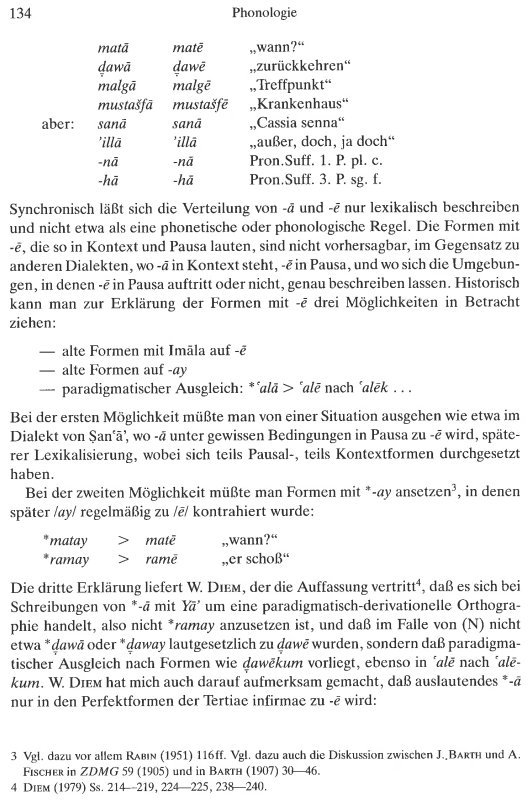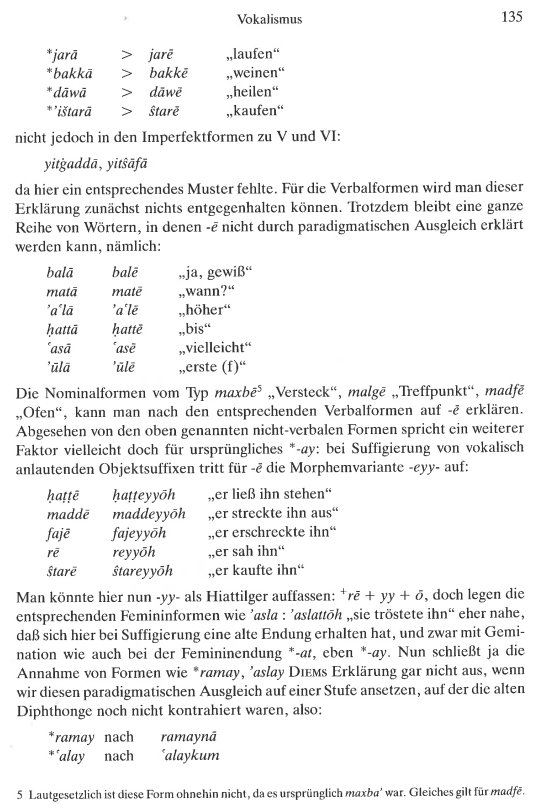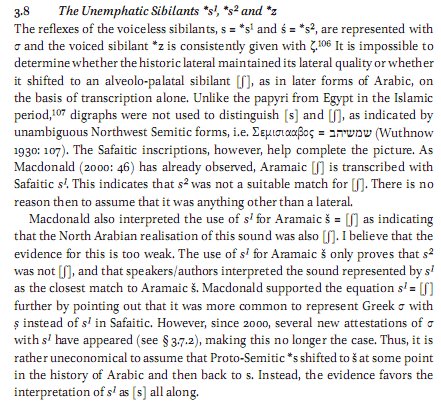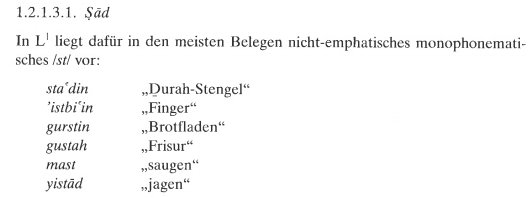We both have done historical works on the dialects, and they are essential for the history of Proto-Arabic. A thread:




Shammari Arabic also has a very archaic treatment of the feminine ending: academia.edu/18687778/_The_…

academia.edu/8770050/Al-Jal…







Get real-time email alerts when new unrolls are available from this author!
Twitter may remove this content at anytime, convert it as a PDF, save and print for later use!

1) Follow Thread Reader App on Twitter so you can easily mention us!
2) Go to a Twitter thread (series of Tweets by the same owner) and mention us with a keyword "unroll"
@threadreaderapp unroll
You can practice here first or read more on our help page!



